Refine listing
Actions for selected content:
2251 results in Cambridge Elements
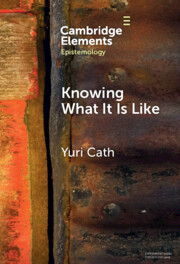
Knowing What It Is Like
-
- Published online:
- 02 December 2024
- Print publication:
- 19 December 2024
-
- Element
- Export citation
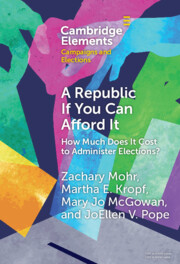
A Republic If You Can Afford It
- How Much Does it Cost to Administer Elections?
-
- Published online:
- 02 December 2024
- Print publication:
- 19 December 2024
-
- Element
- Export citation

The Sacred Force of Star Wars Jedi
-
- Published online:
- 02 December 2024
- Print publication:
- 12 December 2024
-
- Element
- Export citation
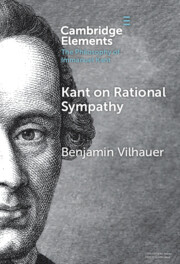
Kant on Rational Sympathy
-
- Published online:
- 02 December 2024
- Print publication:
- 02 January 2025
-
- Element
- Export citation
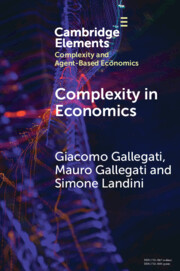
Complexity in Economics
-
- Published online:
- 02 December 2024
- Print publication:
- 02 January 2025
-
- Element
- Export citation
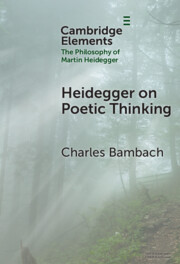
Heidegger on Poetic Thinking
-
- Published online:
- 02 December 2024
- Print publication:
- 02 January 2025
-
- Element
- Export citation
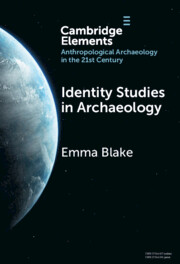
Identity Studies in Archaeology
-
- Published online:
- 02 December 2024
- Print publication:
- 02 January 2025
-
- Element
- Export citation
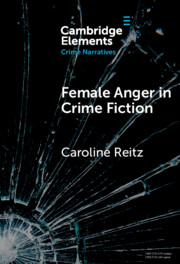
Female Anger in Crime Fiction
-
- Published online:
- 01 December 2024
- Print publication:
- 12 December 2024
-
- Element
- Export citation
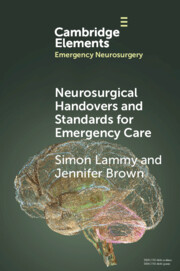
Neurosurgical Handovers and Standards for Emergency Care
-
- Published online:
- 01 December 2024
- Print publication:
- 02 January 2025
-
- Element
- Export citation
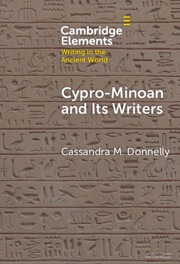
Cypro-Minoan and Its Writers
- At Home and Overseas
-
- Published online:
- 01 December 2024
- Print publication:
- 02 January 2025
-
- Element
- Export citation
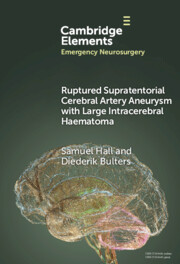
Ruptured Supratentorial Cerebral Artery Aneurysm with Large Intracerebral Haematoma
-
- Published online:
- 01 December 2024
- Print publication:
- 12 December 2024
-
- Element
- Export citation
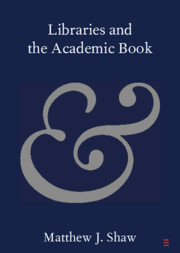
Libraries and the Academic Book
-
- Published online:
- 01 December 2024
- Print publication:
- 12 December 2024
-
- Element
- Export citation
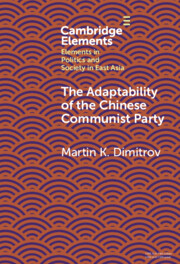
The Adaptability of the Chinese Communist Party
-
- Published online:
- 01 December 2024
- Print publication:
- 02 January 2025
-
- Element
- Export citation
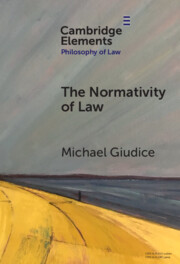
The Normativity of Law
-
- Published online:
- 30 November 2024
- Print publication:
- 19 December 2024
-
- Element
- Export citation
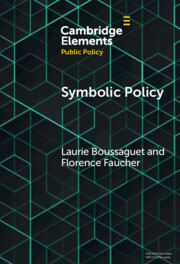
Symbolic Policy
-
- Published online:
- 30 November 2024
- Print publication:
- 02 January 2025
-
- Element
- Export citation
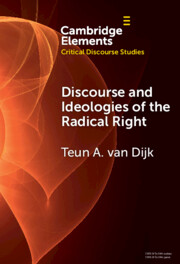
Discourse and Ideologies of the Radical Right
-
- Published online:
- 30 November 2024
- Print publication:
- 02 January 2025
-
- Element
- Export citation
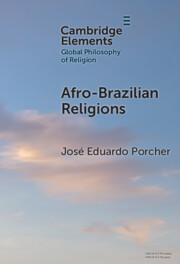
Afro-Brazilian Religions
-
- Published online:
- 30 November 2024
- Print publication:
- 02 January 2025
-
- Element
- Export citation
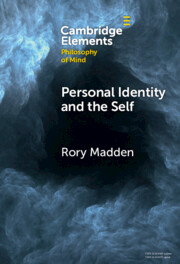
Personal Identity and the Self
-
- Published online:
- 29 November 2024
- Print publication:
- 02 January 2025
-
- Element
-
- You have access
- Open access
- HTML
- Export citation
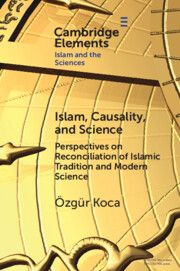
Islam, Causality, and Science
- Perspectives on Reconciliation of Islamic Tradition and Modern Science
-
- Published online:
- 29 November 2024
- Print publication:
- 19 December 2024
-
- Element
- Export citation
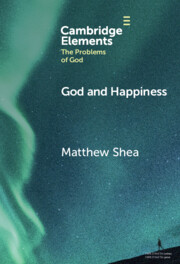
God and Happiness
-
- Published online:
- 29 November 2024
- Print publication:
- 02 January 2025
-
- Element
- Export citation
